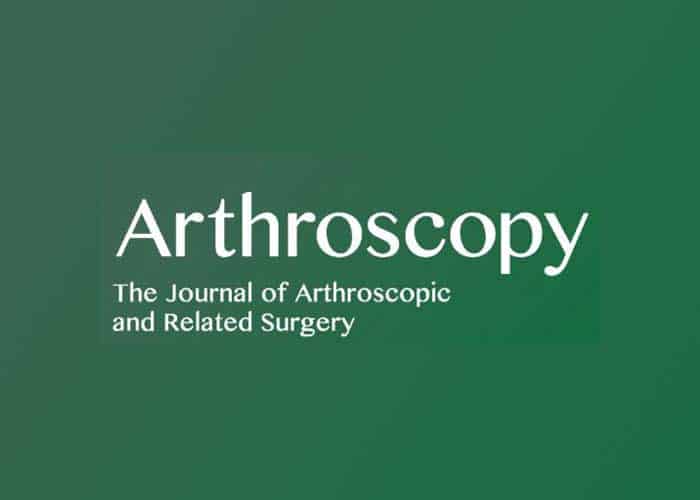
Authors:
Peter J. Millett, M.D., M.Sc., Burak Altintas, M.D., Alex C. Scibetta, B.A., Hunter W. Storaci, M.S., Lucca Lacheta, M.D., and Nicole L. Anderson, B.A.
Abstract:
The purpose of this study was to evaluate biomechanical and histopathological results of a retrieved acellular human dermal allograft (AHDA) after superior capsule reconstruction (SCR). A 67-year-old man with pseudoparalysis was treated with SCR for an irreparable posterosuperior rotator cuff tear. The patient failed clinically 4.5 months postoperatively and elected to undergo reverse total shoulder arthroplasty (RTSA). At the time of RTSA, the AHDA was harvested. Biomechanical and histopathologic analyses were performed and compared to native grafts. Failure loads for the explanted graft and native grafts 1 and 2 were 158, 790, and 749 N, respectively. The stiffness values were 20.2, 73, and 100.5 N/mm. The displacement at failure for each graft was 10.1, 27.9, and 17.0 mm. Hematoxylin and eosin and Masson's trichrome staining revealed the presence of cells in all portions of the AHDA. The medial portion presented extensive cellular infiltration, the middle portion moderate, and the lateral portion the least infiltration. Although the only identifiable cells in the lateral portions were found in pockets on the interior of the graft, cells were mainly localized on the exterior. Postoperative cell incorporation could be found in acellular dermal allograft after SCR. However, biomechanical properties in the early postoperative phase were inferior compared with unimplanted allografts.
